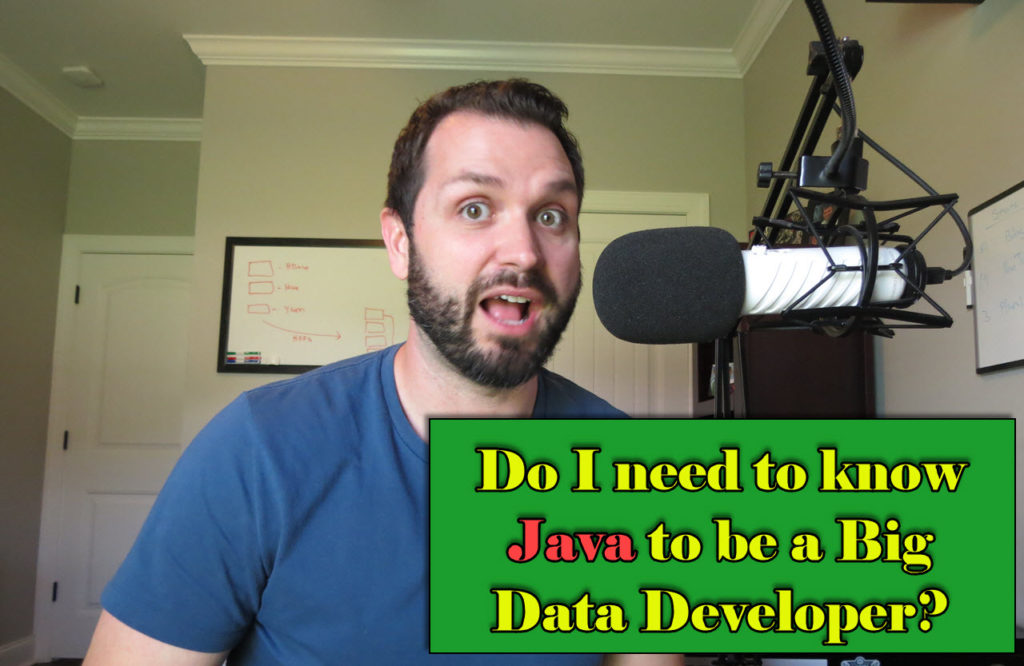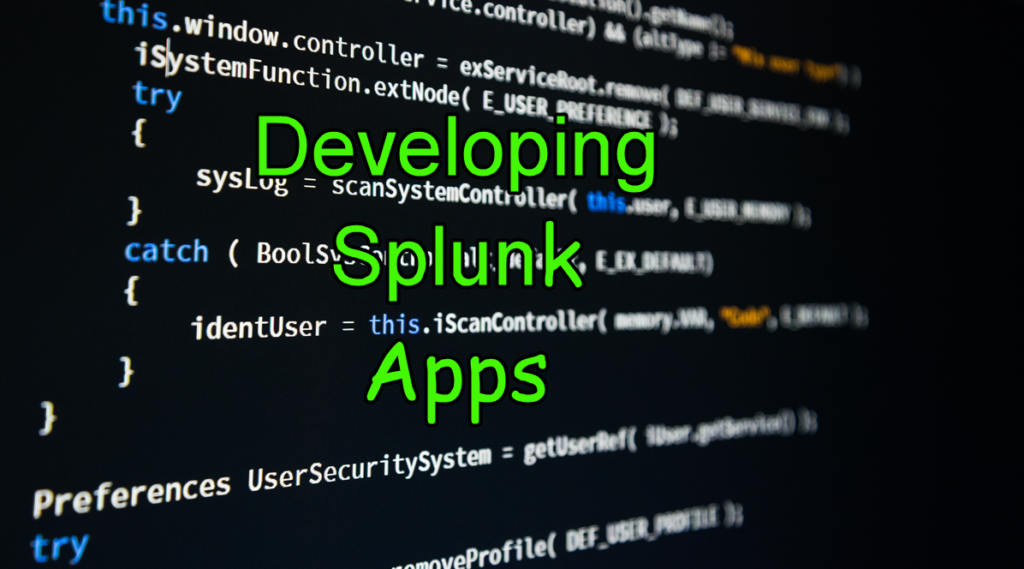Today there are so many applications and frameworks in the Hadoop ecosystem, most of which are written in Java. So does this mean anyone wanting to become a Hadoop developer or Big Data Developer must learn Java? Should you go through hours and weeks of training to learn Java to become an awesome Hadoop Ninja or Big Data Developer? Will not knowing Java hinder your Big Data career? Watch this video and find out.
Transcript Of The Video
Thomas Henson:
Hi, I’m Thomas Henson with thomashenson.com. Today, we’re starting a new series called “Big Data, Big Questions.” This is a series where I’m going to answer questions, all from the community, all about big data. So, feel free to submit your questions, and at the end of this episode, I’ll show you how. So, today, the first question I have is a very common question. A lot of people ask, “Do you need to know Java in order to be a big data developer?” Find out the answer, right after this.
So, do you need to know Java in order to be a big data developer? The simple answer is no. Maybe that was the case in early Hadoop 1.0, but even then, there were a lot of tools that were being created like Pig, and Hive, and HBase, that are all using different syntax so that you can extrapolate and kind of abstract away Java. Because the key is, if you’re a data analyst or a Hadoop administrator, most of those people aren’t going to have Java skills. So, for the community to really move forward with this big data and Hadoop, we needed to be able to say that it was a tool that not only Java developers were going to be able to use. So, that’s where Pig, and Hive, and a lot of those other tools came. Now, as we start to look into Hadoop 2.0 and Hadoop 3.0, it’s really not the case.
Now, Java is not going to hinder you, right? So, it’s going to be beneficial if you do know it, but I don’t think it’s something that you would want to run out and have to learn just to be able to become a big data developer. Then, the question is, too, when you say big data developer, what are we really talking about? So, are we talking about somebody that’s writing MapReduce jobs or writing Spark jobs? That’s where we look at it as a big data developer. Or, are we talking about maybe a data scientist, where a data scientist is probably using more like R, and Python, and some of those skills, to pull their insights back? Then, of course, your Hadoop administrators, they don’t need to know Java. It’s beneficial if they know Linux and some of the other pieces, but Java’s not really necessary.
Now, I will say, in a lot of this technology… So, if you look at getting out of the Hadoop world but start looking at Spark – Spark has Java, so you can write your Spark jobs in Java, but you can also do it in Python and Scala. So, it’s not a requirement for people to have Java. I would say that there’s a lot of developers out there that are big data developers that don’t have any Java skills, and that’s quite okay. So, don’t let that hinder you. Jump in, join an open-source community project, do something to expand your big data knowledge and become a big data developer.
Well, that’s all we have today. Make sure to submit your questions. So, I’ve got a space on my blog where you can submit the questions or just submit them here, in the comments section, and I’ll answer your big data big questions. See you again!

